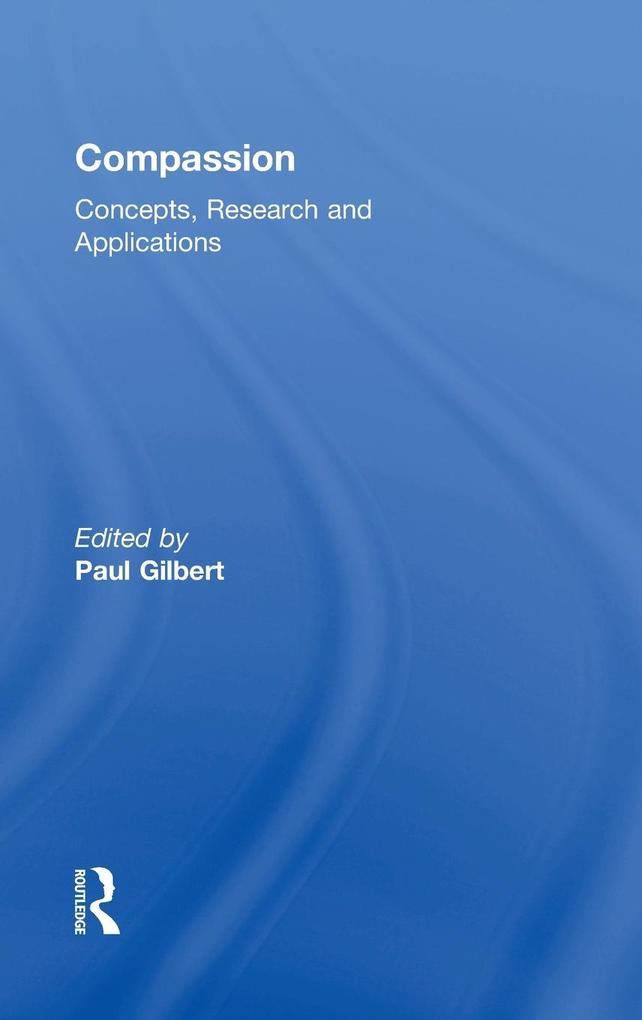
Zustellung: Sa, 17.05. - Mi, 21.05.
Versand in 1-2 Wochen
VersandkostenfreiBestellen & in Filiale abholen:
Paul Gilbert brings together an international line-up of leading scholars and researchers in the field to provide a state-of-the-art exploration of key areas in compassion research and applications.
Inhaltsverzeichnis
PART I: EVOLUTION AND THE NATURE OF COMPASSION 1 Compassion: Definitions and controversies 2: Prehistoric origins: The compassion of far distant strangers 3 Compassion as a Social Mentality: An evolutionary approach 4: Mindfulness and Compassion: Similarities and differences PART II: COMPASSION AND ITS PHYSIOLOGIES 5: The body of compassion 6: The psychobiological foundation of prosocial relationships: The role of oxytocin in daily social exchanges 7: Compassion in the Autonomic Nervous System: The role of the vagus nerve 8: Compassion and the Brain 9: Behavior Genetics of Prosocial Behavior PART III: COMPASSION AND RELATIONSHIP 10: Evolution, Child Raising and Compassionate Morality 11: An Attachment Perspective on Compassion and Altruism 12: Broaden-and-Build Theory Meets Interpersonal Neurobiology as a Lens on Compassion and Positivity Resonance PART IV: APPLYING COMPASSION 13: Positive Leadership, Power and Compassion 14: Compassionate Leadership for Compassionate Health Care 15: The Emergence of the Compassion Focused Therapies
Produktdetails
Erscheinungsdatum
04. Mai 2017
Sprache
englisch
Seitenanzahl
310
Herausgegeben von
Paul Gilbert
Verlag/Hersteller
Produktart
gebunden
Gewicht
631 g
Größe (L/B/H)
240/161/21 mm
ISBN
9781138957183
Entdecken Sie mehr
Bewertungen
0 Bewertungen
Es wurden noch keine Bewertungen abgegeben. Schreiben Sie die erste Bewertung zu "Compassion" und helfen Sie damit anderen bei der Kaufentscheidung.











